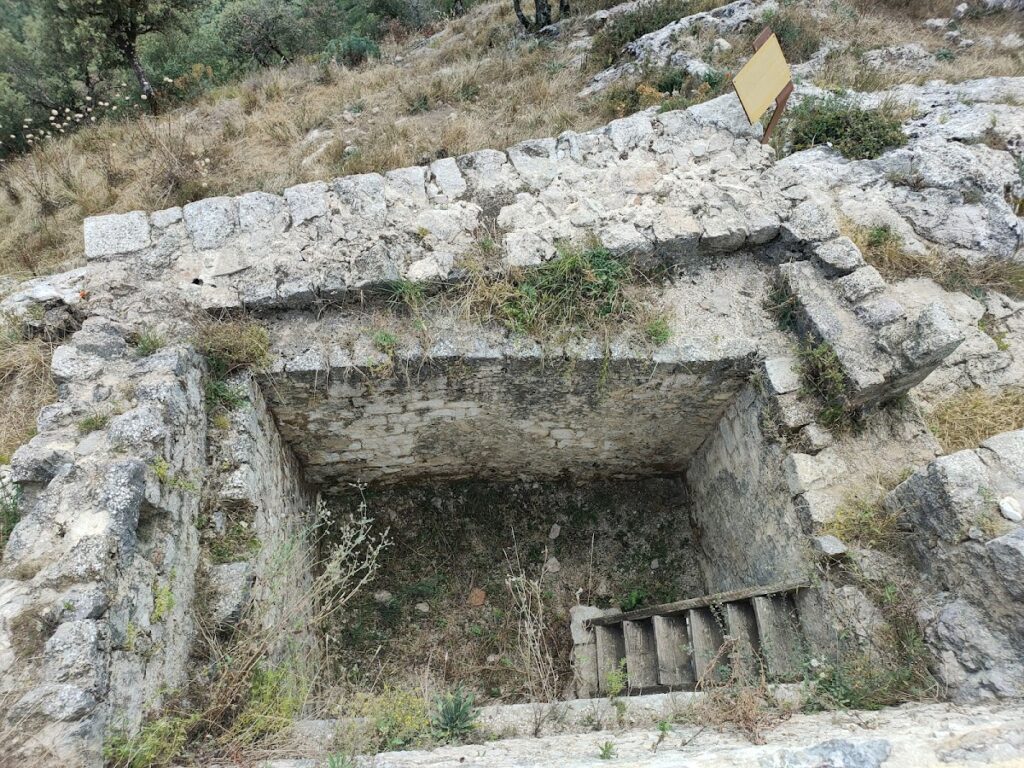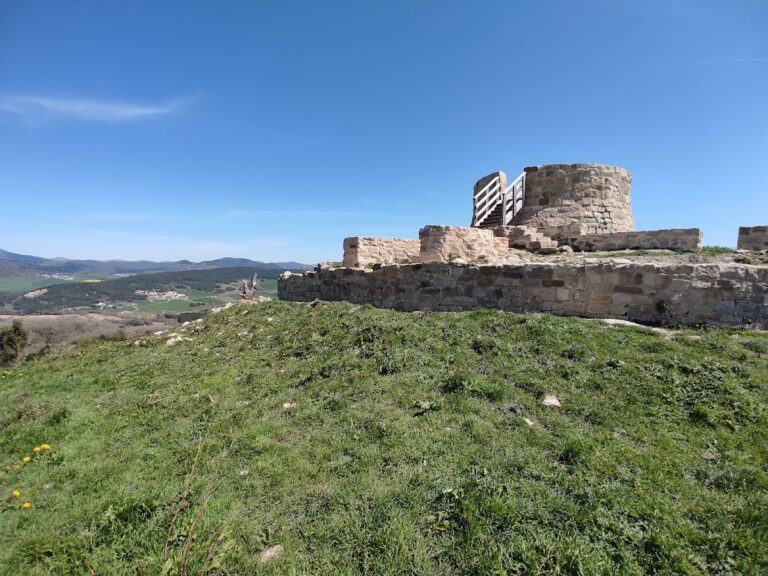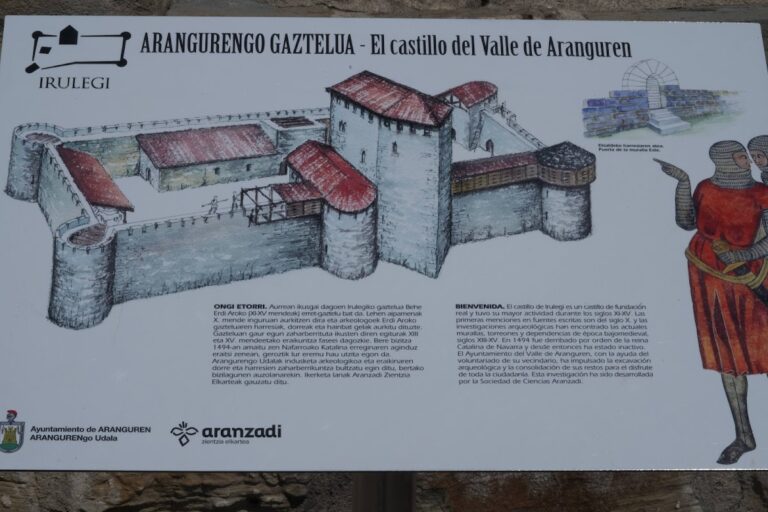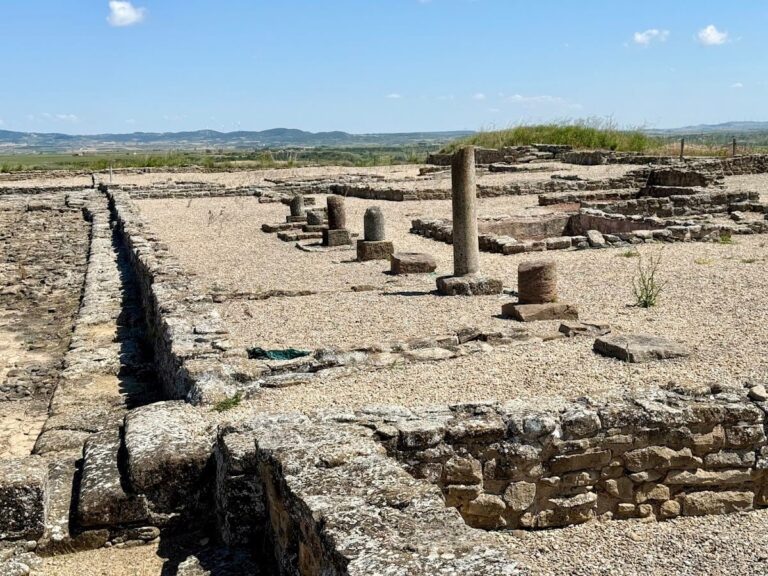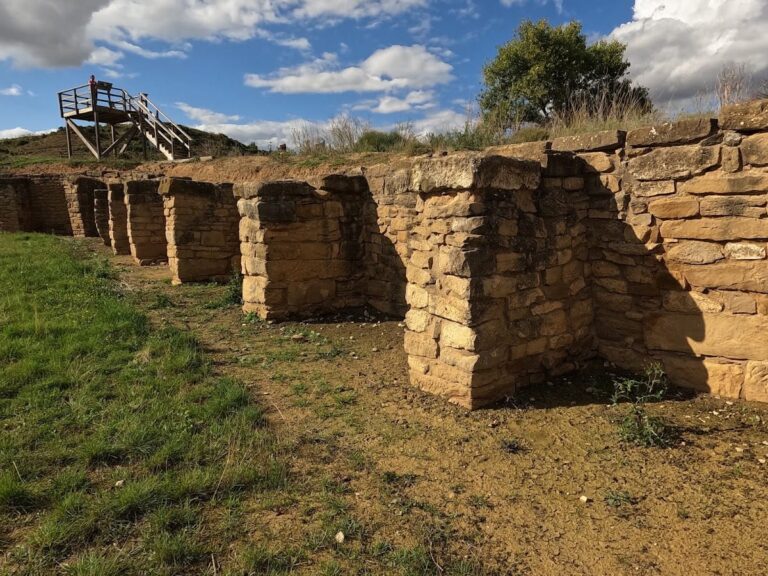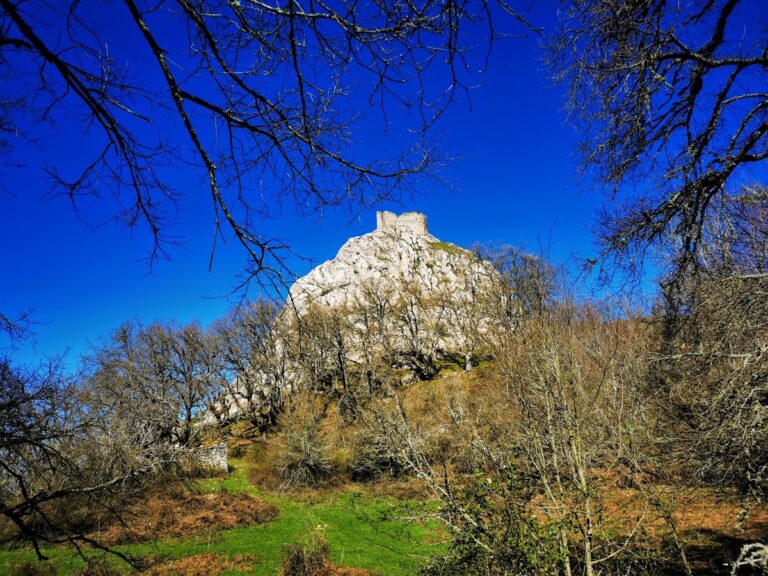Aixita Castle: A Medieval Fortress in Arakil, Spain
Visitor Information
Google Rating: 4.3
Popularity: Very Low
Google Maps: View on Google Maps
Country: Spain
Civilization: Unclassified
Remains: Military
History
Aixita Castle stands in the municipality of Arakil, Spain, and was constructed by the people of the medieval Kingdom of Navarre. Its origins trace back to the 12th century, during a period when fortifications were vital to controlling mountain passes and protecting territories in northern Navarre.
Initially documented shortly after 1210 during the reign of King Antso VII (also known as Antso Azkarra), the castle formed part of a wider defensive system. This network included nearby fortresses such as Orarregi, Garaño, and Sardea castles, all strategically placed to oversee key access points like the Oski and Biaizpe passes. These sites were interconnected with the Irulegi castle on the route leading to Iruña, known today as Pamplona, underscoring their role in regional defense and communication.
For much of its early history, Aixita Castle was predominantly built of wood, reflecting common construction practices for smaller fortifications of that era. However, a significant transformation occurred in the 15th century after Johan Eraso, a notable figure from the nearby village of Latasa and a supporter of the Agramond faction during internal Navarrese conflicts, captured the site. Under his influence, the castle was reconstructed in stone, improving its durability and defensive capabilities.
The castle’s active military use came to an end in 1512 amid the political turmoil following the invasion of Navarre by the Duke of Alba’s forces. Recognized as a strategic position that could be exploited by enemy troops behind front lines, Aixita Castle was deliberately set on fire and destroyed to prevent its occupation. Prior to its destruction, it served as a small garrisoned fortress, manned by up to ten men charged with monitoring valley crossings and providing early warnings of approaching threats.
Throughout its operational life, Aixita Castle was supported by the local community and overseen through the Foru Orokorra, or General Charter, a legal and economic framework established in the 13th century to regulate such fortifications. In recent years, archaeological investigations led by historian Iñaki Sagredo and initiated by the Arakil Town Council have revealed much about the castle’s history, while commemorations like a plaque installed by the Nafarroa Bizirik Foundation have highlighted its place within Navarre’s medieval defense system.
Remains
Aixita Castle is perched at an elevation of 702 meters on the highest point of the Biaizpe rock, commanding expansive views of the surrounding landscape. Its layout unfolds across three terraced levels rising along the natural slope. The lowest tier served as the main defensive barrier, featuring a single gate located on the steepest side of the rock to restrict access and provide natural protection.
Above this, the middle level contained housing for the castle’s guards, offering them shelter close to the defensive front. At the summit was a tower accompanied by a covered cistern, or water reservoir, which stood as the most resilient stone structure within the complex. Access to this uppermost area required passing through the lower defenses, emphasizing its role as a final stronghold.
Originally, much of Aixita Castle’s construction consisted of wooden fences and buildings, including plank barriers that provided flexible yet effective protection. Stone was used sparingly, primarily for the cistern, whose preservation is notable given the castle’s modest size and varying stages of rebuilding. Excavations conducted between 2010 and 2020 exposed the remains of the tower, which had previously appeared only as a line of scattered stones, clarifying the castle’s vertical organization.
Archaeological work uncovered numerous artifacts reflecting the daily lives of those stationed at the fortress. Finds included fragments of cooking ceramics, parts of pitchers intended for water or wine, and plentiful animal bones from goats, cattle, and pigs, indicating the diet and subsistence patterns of the inhabitants. Among the exceptional discoveries was a rare bronze belt attachment designed as a mechanical aid for archery, helping to draw and release the bowstring more effectively. Such an object highlights the martial function of the castle’s residents and represents an uncommon find in this context.
Additional items brought to light during the excavations comprised several rings, a large piece of a ceramic water container known locally as a txanbil, and numerous iron nails, which further corroborate the predominance of wooden structures throughout the site. Conservation measures accompanied these investigations to stabilize the uncovered remains, ensuring their protection for future study. The involvement of the local community in these efforts reflects a shared commitment to preserving this significant piece of Navarre’s medieval heritage.

